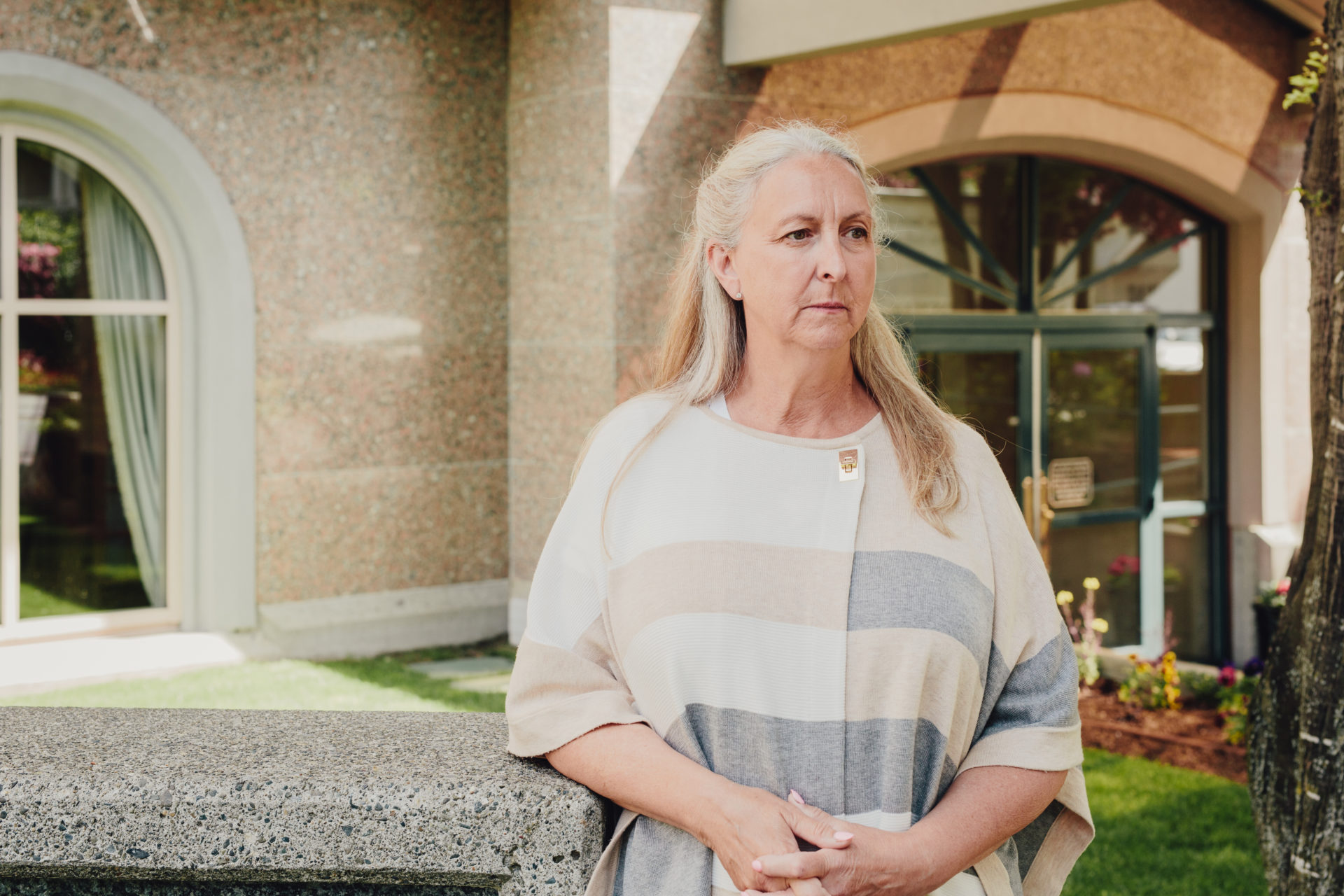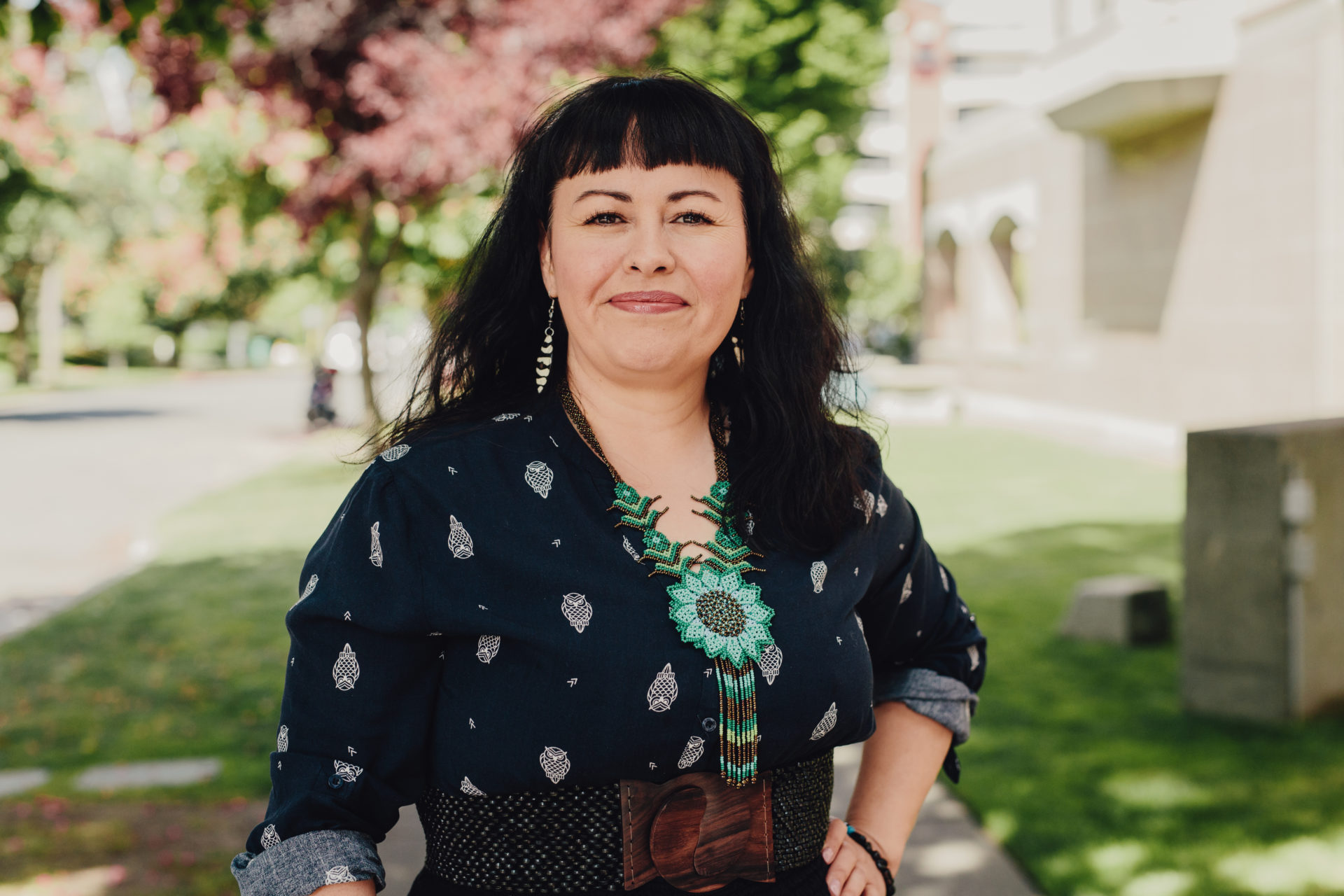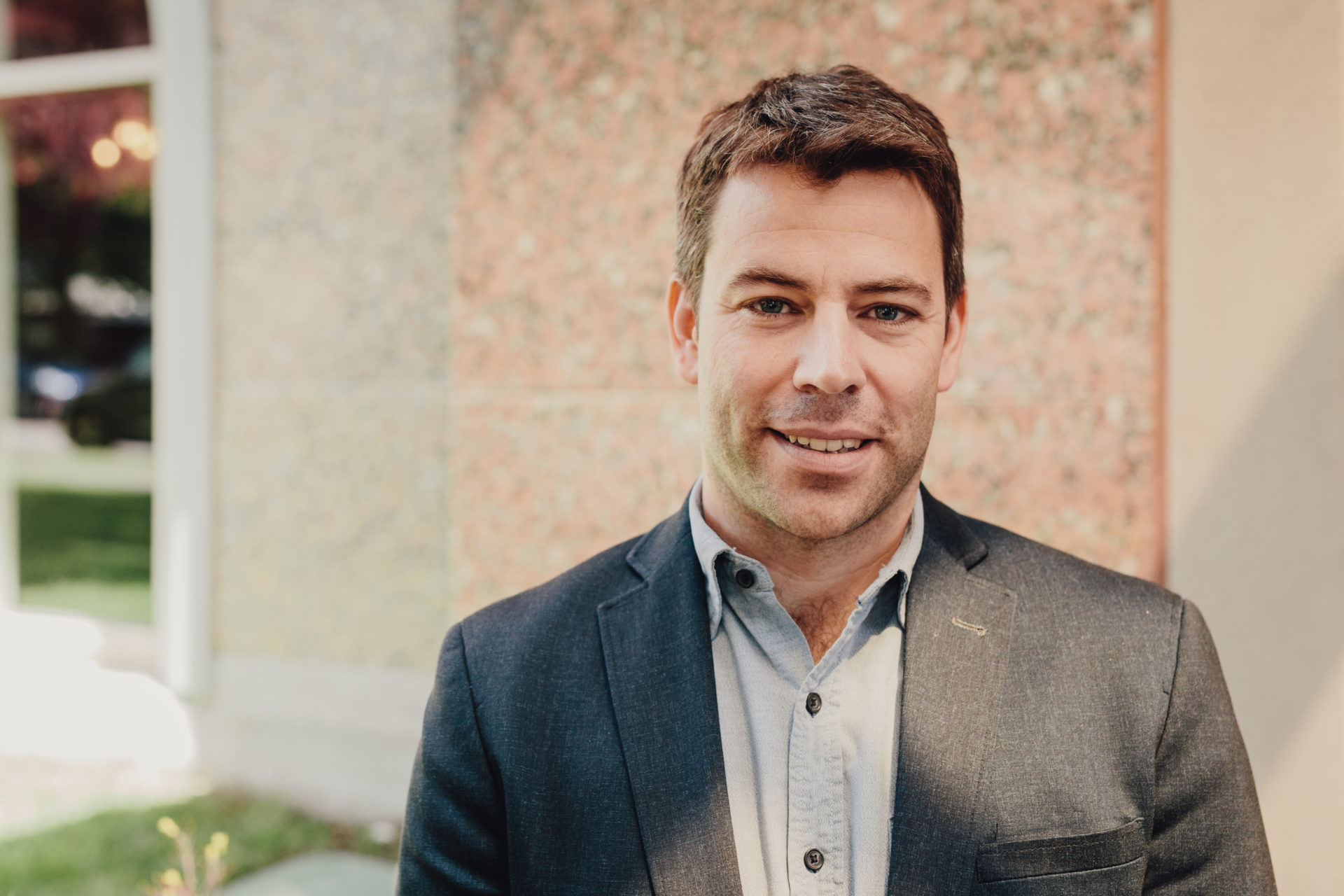
A note from Tanya Talaga
I’ve watched The Narwhal doggedly report on all the issues that feel even more acutely...
If a mining company cannot provide the full security to pay for clean-up and reclamation costs upfront, it should not be allowed to open a mine.
This is one of almost 70 recommendations released today in Victoria — part of a sweeping package of legal reforms launched by at least 30 mining advocacy and law organizations — designed to overhaul the way British Columbia regulates exploration, placer mining and metal/mineral mining.
“This will be the day that we begin to change B.C.’s outdated, archaic mining laws,” said Calvin Sandborn, legal director of the Environmental Law Centre at the University of Victoria. “Too many of our laws find their origin in the 19th century.”
There are 1,100 closed mines across British Columbia, which Sandborn called “ecological ticking time bombs.”
B.C. Mining Law Reform: A Plan of Action for Change is the product of almost two years of research initiated by the Environmental Law Centre, with support from Indigenous advocates and groups like MiningWatch Canada.
British Columbians impacted by mining shared their stories from all corners of the province at a press conference launching the reform campaign.
“We were devastated on the morning of August 4, 2014,” said Christine McLean of the Concerned Citizens of Quesnel Lake, referencing the Mount Polley mine disaster, which resulted in an estimated 25 billion litres of contaminated materials flowing into Polley Lake, Hazeltine Creek and Quesnel Lake.
“Despair turned to anger for me and many of our friends and neighbours when the B.C. government allowed the mine to resume full operations, and in April 2017 issued a permit to build a pipeline to discharge mine waste water directly into the lake, allowing the ongoing pollution of Quesnel Lake.”

Christine McLean of the Concerned Citizens of Quesnel Lake launched an appeal to challenge Mount Polley mine’s permit to discharge effluent into Quesnel Lake. Photo: Taylor Roades / The Narwhal
Cindy Charleyboy of First Nations Women Advocating Responsible Mining spoke of the Tsilhqot’in’s fight for the past decade to stop the Taseko Mine, proposed for Teztan Biny, also known as Fish Lake.
“The lake is pristine and that water is needed there, untouched, so we can continue our Indigenous ways of life, our culture, language and spirituality uninterrupted so we can provide for our families,” Charleyboy said.

Cindy Charleyboy of First Nations Women Advocating Responsible Mining said: “We are all here together in what is known as ‘Super, Natural BC.’ What are we going to do about it?” Photo: Taylor Roades / The Narwhal
Sandborn said most British Columbians haven’t been aware of the urgent need to update B.C.’s mining laws. He pointed to an expert panel report on the Mount Polley mine disaster that predicted two tailings pond failures every 10 years and called on the province to phase out liquid tailings ponds.
“That hasn’t happened,” Sandborn said. “That’s why we’re here.”
The proposed law reforms target nine subject areas, including water protection, First Nations governance, mining tenure and the imperative to protect taxpayers from billions in mine clean-up costs.
Water is the common thread that runs through the reform package.
“We want to change the way mining is done in B.C., and in particular, the need to protect water,” said Ugo Lapointe of Ottawa-based MiningWatch Canada, which participated in drafting recommendations. “We say yes to mining, but not if it contaminates water.”
The timing of the launch reflects three things: May is B.C. Mining Month, an annual industry celebration. It’s also the same month that McLean was supposed to get her hearing to challenge Mount Polley’s permit to discharge effluent into Quesnel Lake. And finally, B.C. has already started reviewing several mining-related laws.
The Mount Polley mine in central B.C., owned by Vancouver’s Imperial Metals, got permission in spring 2017 to discharge almost 60,000 cubic metres per day of tailings effluent into Quesnel lake. Christine McLean, who lives close to the lake, is currently trying to quash this permit and close this pipeline for good. On Wednesday, she released this underwater video.
“This is the opportune time to bring up the problems we have identified over the last few decades,” Sandborn said. He said many of the recommendations are designed to anticipate current government efforts to reform mining laws — including possible changes to the way mine securities are set for mining companies and the Mineral Tenure Act, which regulates placer and mineral rights.
“For years we had a government that wasn’t going to reform anything, they were totally in the thrall of the mining industry,” Sandborn said. “Now we have a government that will at least listen, so there’s a better opportunity [for change] today than a few years ago.”
B.C.’s mineral tenure laws, which determine where mining can occur, are a relic of our gold rush past and must change, Sandborn said. Today a prospector can go online without setting foot on the land and secure access to the sub-surface in most of the province, including beneath private property and First Nations traditional territories.
The dysfunction was apparent back in 2017, when Bev Sellars, a former chief of the Xat’sull First Nation at Soda Creek (and member of advocacy group First Nations Women Advocating Responsible Mining — located not far from the Mount Polley mine), grew so frustrated with the lack of placer mining regulation (e.g., mining streambeds for gold nuggets and dust) that she legally staked the subsurface rights to the Cranbrook area property of then-energy and mines minister Bill Bennett. (It took Sellars less than an hour and about $130 in fees from her desktop computer.)
The coalition is calling for government to consider a broad range of interests before issuing tenures to miners, including Indigenous free, prior and informed consent. Landowner consent should also be required for mining activities to commence on private property, and “no-go” areas need to be mandated to protect sensitive environments. The latter could prevent situations like Imperial Metals’ current exploration plans in the “doughnut hole,” located in the headwaters of the Canada-U.S. transboundary Skagit river.
Lapointe said this legal overhaul is long overdue.
“B.C. is the only province in Canada that has not yet revised its mineral tenure laws,” he said. Ontario now requires information sharing and consultation with First Nations, while Quebec requires written consent from landowners before exploration work can start.

Ugo Lapointe of Mining Watch Canada. Photo: Taylor Roades / The Narwhal
A spokesman for the B.C. Ministry of Energy, Mines and Petroleum Resources confirmed the ministry has started “pre-engagement” with First Nations and industry on proposed changes to tenure laws, but would not confirm specific content or a timeline for changes.
Many of the coalition recommendations address legal deficiencies exposed right before and after the Mount Polley mine disaster in 2014.
Most recently, the mine got permission in spring 2017 to discharge almost 60,000 cubic metres per day of tailings effluent into the lake. The company has been found out of compliance at least three times in 2018 alone, and has yet to pay a fine for this or the 2014 spill.
Sandborn said B.C. needs to finally act on the government’s expert panel recommendations made in the wake of the disaster. This includes an end of wet tailings storage for new mines in most cases, and a plan to safely retire at least 60 active mine tailings dams in B.C.
A major thrust of the reform campaign is to ensure present and future generations are not on the hook for billions in mine clean-up costs.
“The taxpayers of B.C. are put in jeopardy by the archaic mining laws we have today,” Sandborn said, pointing out there are 123 tailings lakes in the province.
Today across B.C., 14 major mines rely on water treatment facilities to ensure water does not pollute the surrounding environment. The province estimates an additional 45 mines have moderate-to-high acid rock drainage/leaching potential — and predicts that 12 of these will require perpetual water treatment.
A cautionary tale is the long-closed Britannia mine, which cost taxpayers $46 million to control acid rock drainage, and now requires $3 million per year, every year (in perpetuity) to treat water.
The coalition is pushing for B.C. to stop permitting mines that have serious potential to require permanent water treatment — and adopt the Initiative for Responsible Mining Assurance standard for responsible mining water management standards, which sets good practices for mining and water protection at an industrial scale.
B.C. must also start regularly inspecting the closed and abandoned mines across the province, “to see how many of them are ticking timebombs,” Sandborn said.
He cites the example of the shuttered Jordan River mine, closed in 1974, which the government didn’t inspect for decades and, in that time, devastated the river’s salmon runs.

Ken Farquharson, a former Canadian commissioner of the Skagit Environmental Endowment Commission, with a map of B.C.’s active and inactive mines from the Ministry of Energy and Mines. Photo: Taylor Roades / The Narwhal

Farquharson points to Jordan River, where a mine has left a toxic legacy, but isn’t even marked on the B.C. government’s map of the province’s mines. Photo: Taylor Roades / The Narwhal
For the mines that do go forward, British Columbia needs to get 100 per cent of the full clean-up and closure/reclamation costs upfront, the report recommends.
This would prevent what MiningWatch Canada research coordinator Catherine Coumans has called the biggest subsidy that miners receive — the ability to walk away from a mine and have taxpayers (or the environment) pay the cost. MiningWatch estimates that old B.C. mine sites collectively account for more than $3 billion in “unfunded clean-up liabilities” for taxpayers.
“We need to ensure that taxpayers don’t pick up the tab for this,” Sandborn said. “The polluter must pay.”
B.C. must follow the lead of places like Alaska and many others, which require 100 per cent security provided upfront before a mine is permitted to operate. For B.C. mines already in operation, the report said, owners would have two years to come up with the full amount.
The lax nature of B.C. law has created a surreal situation for Canadian mining giant Teck. For an Alaskan mine, they have been forced to provide the full security for estimated reclamation costs ($560 million), yet the same company’s B.C. mines have unsecured reclamation costs of $700 million dollars.
The province is currently looking at updating how securities are set for new mines, but Sandborn (who has seen draft policy ideas) said the province is not planning on requiring 100 per cent of cleanup costs upfront.
After today’s event in Victoria, Lapointe and other campaign leaders plan to meet with the provincial government to discuss legal reform. And instead of one organization talking to government, they will present a united front of 30 different groups.
Moving forward, they hope to grow the coalition, reaching out to the public, municipalities and labour unions. “The idea moving forward is to broaden the circle of support for change,” Lapointe said.
The coalition also plans to continue its support of McLean and the Concerned Citizens of Quesnel Lake in their efforts to get the pipe out of their lake.
McLean’s citizen-launched appeal
to challenge Mount Polley’s discharge permit scheduled for May has now been delayed. This comes as Mount Polley prepares to close down and enter “care and maintenance” at the end of this month — eliminating precious hinterland jobs and raising a whole new set of uncertainties around how and when the mine will be cleaned up.
Imperial Metals has struggled financially, with experts warning the company may be on the brink of bankruptcy, and the company selling off a 70 per cent stake in its Red Chris Mine
earlier this year to Australia’s Newcrest Mining.
— With files from Emma Gilchrist
Get the inside scoop on The Narwhal’s environment and climate reporting by signing up for our free newsletter. On March 17, federal Conservative Leader Pierre Poilievre...
Continue reading
I’ve watched The Narwhal doggedly report on all the issues that feel even more acutely...

Establishing the Robinson Treaties, covering land around Lake Huron and Lake Superior, created a mess...

An internal document obtained by The Narwhal shows how the natural resources minister was briefed...
